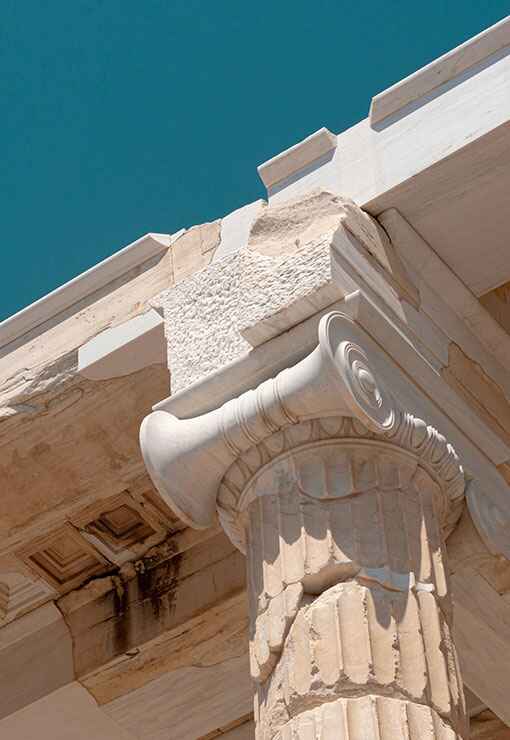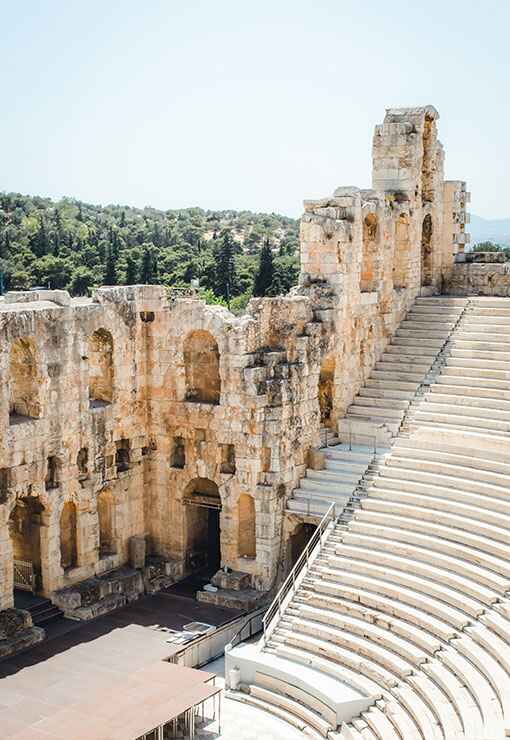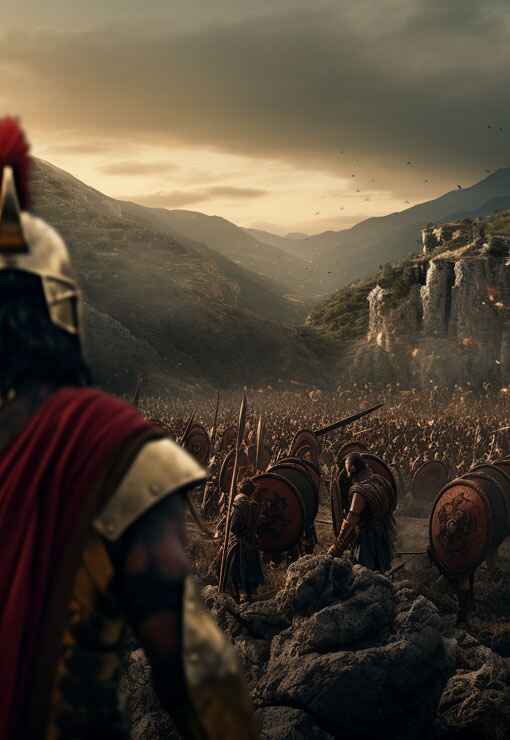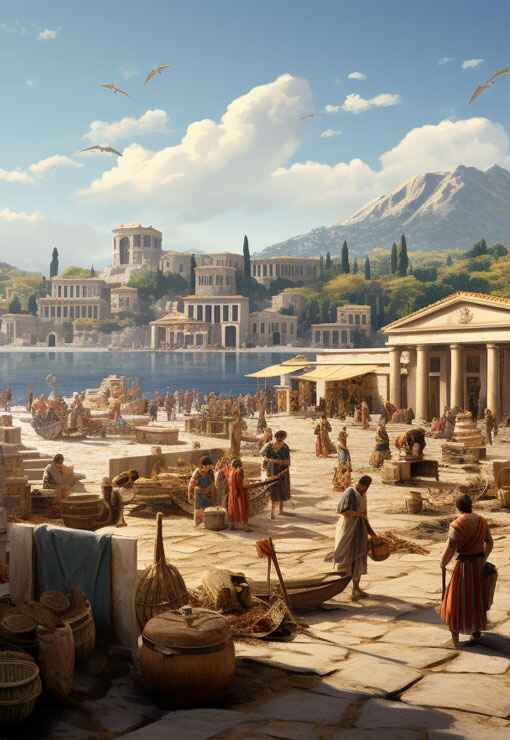Praxiteles
Born:
C. 395–330 BCE
Died:
Early 4th century BCE (approx. 330 BCE)
Praxiteles was an ancient Greek sculptor renowned for his contributions to classical sculpture during the late 4th century BCE. His works are celebrated for their grace, naturalism, and sensitivity to the human form. Praxiteles was active during the transition from the Classical to the Hellenistic period, and his innovative approach had a lasting impact on the art of ancient Greece. Here are key aspects of Praxiteles's life and artistic achievements:
Background and Early Career: Praxiteles came from a family of sculptors, and he likely received his artistic training from his father, Cephisodotus the Elder. His early works demonstrated a mastery of the classical style, which emphasised idealised proportions and anatomical precision.
Innovations in Style: Praxiteles is often associated with a departure from the strict idealisation of the Classical period. His sculptures exhibit a softer, more sensual, and naturalistic style that emphasises the beauty of the human body. He was known for introducing a more relaxed posture, subtle expressions, and greater attention to the emotional and erotic aspects of his subjects.
Aphrodite of Knidos: One of Praxiteles's most famous works is the "Aphrodite of Knidos," a marble statue of the goddess Aphrodite that was placed in the sanctuary of Knidos. This statue is notable for being one of the first depictions of a nude female figure in classical Greek sculpture. The innovative portrayal of Aphrodite in a moment of modesty and the decision to display the statue in the round, allowing viewers to walk around it, contributed to its fame.
Other Works: Praxiteles created numerous other sculptures, many of which are known only through descriptions and copies. Some notable works include statues of Eros (Cupid), Hermes, Dionysus, and Apollo.
Collaboration with his Brother: Praxiteles collaborated with his brother, Cephisodotus the Younger, on certain works. They are known to have jointly created a statue of Eros for the city of Thespiae.
Legacy and Influence: Praxiteles's innovative style had a profound influence on later sculptors, and his emphasis on naturalism and the portrayal of emotional depth paved the way for the developments in Hellenistic sculpture. The "Aphrodite of Knidos" became a model for depictions of the goddess in subsequent centuries, influencing both ancient and later artists.
Death: The details of Praxiteles's death are not well-documented. It is believed that he lived into the early 4th century BCE, with some accounts suggesting that he died around 330 BCE.

Quick Facts
- Praxiteles was known for introducing a more relaxed and naturalistic style in contrast to the strict idealisation of the Classical period.
- His famous work, the "Aphrodite of Knidos," depicted a nude female figure and was displayed in the round, allowing viewers to walk around it.
- Praxiteles's influence on naturalism and emotional expressiveness had a profound impact on Hellenistic sculpture.
Further Reading
Art &
Architecture
Ancient Greek art and architecture, with its harmonious proportions and timeless elegance, continue to inspire awe and admiration millennia later.
Discover
Greek Mythology & Mythical Characters
Greek mythology, a rich tapestry of gods, heroes, and mythical creatures, captivates the imagination with its tales of love, betrayal, and epic adventures that delve into the depths of the human psyche.
Discover
Ancient Greek History
Ancient Greek history, marked by remarkable achievements in democracy, philosophy, and warfare, shaped the foundation of Western civilization, leaving an indelible legacy of innovation and cultural influence that continues to resonate to this day.
Discover
Ancient Greek Olympics
The ancient Greek Olympics, held in Olympia every four years, celebrated athleticism, unity, and cultural pride, serving as a testament to the enduring spirit of competition and excellence that transcends time and borders.
Discover
Ancient Greek Wars
Ancient Greek wars, such as the Persian Wars and the Peloponnesian War, were pivotal conflicts that shaped the course of history, highlighting the struggle for power, independence, and the clash of civilizations in the ancient Mediterranean world.
Discover
Ancient Greek Culture and Society
Ancient Greek culture and society, characterized by its emphasis on art, philosophy, and civic engagement, fostered a vibrant intellectual and social landscape where innovation flourished, democracy thrived, and the pursuit of knowledge and excellence was celebrated as fundamental values of civilized life.
Discover